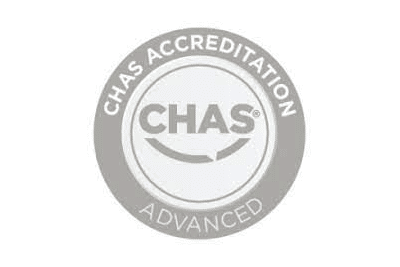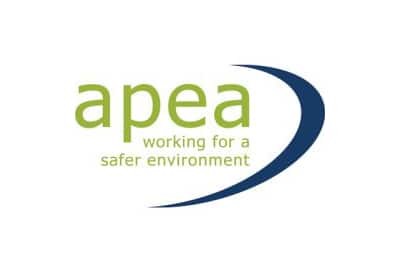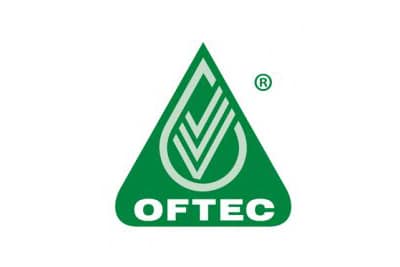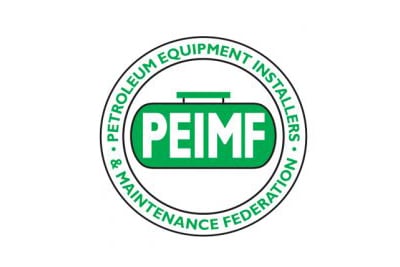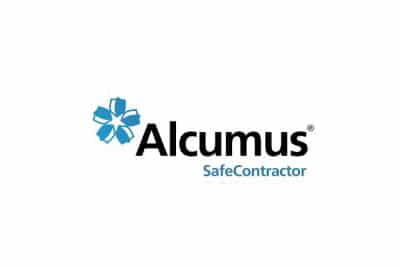Foam Filling Tanks
FOAM FILLING TANKS
Service Overview
Foam filling tanks is a simple method of decommissioning a fuel or oil tank in its current position. If cleaning and removing an underground tank is not a viable option for decommissioning, we are able to foam fill tanks in order to render them safe in situ.
Foam filling can save both inconvenience and money when compared to the removal of a tank, but may not be suitable when building work is to be conducted.

FOAM FILLING TANKS - THE PROCESS
As with cleaning and removing fuel tanks, the foam filling process is carried out under the direct supervision of our in-house team.
We will design a safe system of work following our initial information gathering, notify the petroleum licensing authority of the work if required and prepare the tanks ready for filling.
Our accredited foam providers will then attend site and dispense directly into the tank, under our supervision.
The products we use ensure that your tank will not contain any voids once filled, this rendering it safely decommissioned.
Once completed you will receive a certificate stating that the tanks are safe in situ, and a hazardous waste consignment note for any waste removed from site.
For more information feel free to call us directly on 01132635163 or email us at [email protected].
Foam Filled Tank Removal
With your tank now foam filled and your documentation issued, the tank can remain safely underground for as long as required. However should you require the tank removed at a later date, we can organise for our team to safely excavate, transport and dispose of your foam filled tank in line with current regulations. Our extensive equipment network allows us to excavate and transport the tanks whole to our waste transfer station, saving time and disruption for your site.
As always do feel free to contact us with any questions regarding our foam filling services.

WHY CHOOSE US FOR FOAM FILLING TANKS ?
For over 40 years we have been offering safe, reliable and cost effective petrol or diesel tank cleaning, oil tank cleaning, oil, diesel and petrol tank removal and tank disposal nationwide. Attracting a wide spectrum of clients from The Armed Services and Local Authorities, to the Construction Industry, Independent Petroleum Retailers and Domestic Households.
- 40 years experience
- Reliable and cost effective
- In-house team
- The highest standards
- On time and on budget
- Real focus on Customer Satisfaction
SERVICE FAQs
The reasons for using the two different products largely come down to the initial cost. Concrete does have a larger cost per cubic metre, however there is no mobilisation fee for the delivery. Foam has a lower cost per cubic metre, however the delivery of the product is subject to a fee. Larger tanks often tend to be more cost effective to foam fill due to the lower cost per cubic metre, with small tanks requiring just a few cubic metres can be cheaper to concrete fill.
If the tank being filled has contained petrol, the local licensing authority would be informed and a safe system of work submitted for approval. Upon receiving an order to proceed, our operatives would prepare the tank for filling by opening any required lids or flanges and ‘bottoming’ the tank. This process involves inserting a probe to the bottom of the tank in order to remove any remaining fuel that may reside below the suction lines. Once bottomed and vented, the tank is ready to have concrete gravity fed directly into the lid or foam pumped through a flange in order to fill the tank to capacity. A certificate of decommissioning can then be issued for each tank.
Tanks that have been filled over the years are classed as decommissioned, however substandard products used to fill the tanks can leave them in a potentially dangerous state. Towering concrete or sagging foam in a petrol tank can lead to large voids containing petrol vapours to accumulate. If cut using incorrect equipment, these voids do have the potential to cause an explosion and serious harm. Using cold cutting methods, we can safely open and vent previously filled tanks to ensure this doesn’t occur. Once safely opened, the product inside can be excavated and disposed of in the correct manner.
Our Accreditations
